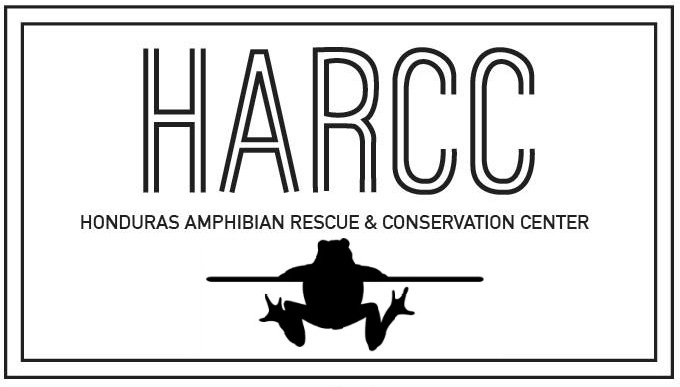Our Mission:
Amphibian chytrid fungus is a pathogen spreading around the world that is causing global amphibian declines and extinctions. The amphibians of Honduras have been greatly impacted by this disease event and have received little conservation attention. Many species now face an uncertain future unless we help them battle this disease.
Cusuco National Park (CNP) is a global biodiversity hotspot located in northwestern Honduras. This rainforest sits on top of a mountain and is often hidden in a cloud, providing a special "cloud forest" habitat for 16 amphibian species listed as Endangered or Critically Endangered on the IUCN Red List of Threatened Species. Some of these amazing amphibians are found nowhere else on Earth. In 2007, we discovered chytrid in this forest (you can read the publication here) and have continued to closely monitor the situation.
The rescue efforts performed by HARCC will reduce both short and long-term extinction threats to 3 Critically Endangered frog species in CNP, including: the Exquisite Spike-thumb Frog (Plectrohyla exquisita), the Cusuco Spike-thumb Frog (Plectrohyla dasypus), and the Mossy Red-eyed Frog (Duellmanohyla soralia).
To prevent extinction and keep these species alive in the wild, HARCC's main objectives are:
- A head-start program where we collect young frogs from CNP before they die from chytrid, treat them to cure their chytrid infections at our biosecure research facility, and then reintroduce them back into CNP as strong healthy adult frogs.
- A captive assurance program where we maintain a captive breeding colony of frogs at HARCC. This will allow us to continue releasing frogs back into CNP even if a sudden extinction event occurs.
HARCC frog rescue laboratories are located at Lancetilla Botanical Garden & Research Institute in Tela, Honduras. These laboratories have been constructed inside two 20-foot ocean shipping containers, where animals can be kept safe from disease and protected from external threats.
HARCC frog rescue laboratories provide a disease-free environment where frogs can be protected from chytrid and prepared for reintroduction to the wild.


